When you carve down the snowy peaks and feel the rush of cold air as your skis glide through the winter landscape, the right gear makes all the difference. From skis and snowboards to boots, poles, and emergency equipment, the proper preparation can not only keep you warm but also save your life. Whether you’re an experienced skier or a novice heading out for your first adventure, ensuring you have the right gear is crucial for both enjoyment and safety.
Essential Ski Gear for Winter Adventures
1. Skis, Snowboards, and Poles
The most obvious and critical pieces of equipment are your skis or snowboard. Whether you rent or purchase your skis, it’s important to choose the right type for your skill level and terrain. Beginner skis are generally shorter and easier to maneuver, while advanced models offer more stability at higher speeds. Make sure your bindings are adjusted correctly for your boots and weight, as improper bindings can lead to accidents.
For snowboarders, ensure that the board matches your experience level, with softer boards being ideal for beginners and stiffer boards offering more control for experts. Don’t forget your ski poles; they’re essential for maintaining balance and controlling your speed when skiing.
2. Ski Boots
The right ski boots are just as important as your skis or snowboard. Ill-fitting boots can ruin your day on the slopes, causing blisters or reduced control. Make sure your boots are snug but not too tight, with enough room for thick socks. Consider investing in boots that are specifically designed for the temperature range you’ll be skiing in, and make sure they are compatible with your skis or snowboard bindings.
3. Outerwear: Stay Warm and Dry
To protect yourself from the elements, it’s crucial to wear proper outerwear. Layering is key in winter sports—start with moisture-wicking base layers to keep sweat away from your skin, followed by an insulating middle layer (like a fleece or down jacket) for warmth, and a waterproof outer layer to protect you from wind, snow, and rain.
A well-insulated ski jacket and pants with ventilation zippers are great for regulating temperature, especially when you're exerting yourself on the slopes. Look for waterproof and breathable fabrics such as Gore-Tex, which will help you stay dry while also preventing you from overheating.
4. Gloves, Hats, and Goggles
Protect your extremities with thermal gloves or mittens that allow for dexterity but also provide warmth. Waterproof gloves are especially important to keep your hands dry and comfortable throughout the day. A warm hat or beanie is also essential, as you can lose a significant amount of body heat through your head.
Goggles are a must to shield your eyes from the bright winter sun, snow glare, and icy winds. Choose goggles with UV protection and interchangeable lenses to adapt to different light conditions. Don’t forget sunscreen—yes, even in cold weather, the sun’s rays can still cause skin damage, especially when they’re reflected off the snow.
5. Emergency Gear: Always Be Prepared
Safety should always be a priority on the slopes. Apart from the usual ski equipment, there are essential items you should carry to handle emergencies. A fully charged cell phone is a must in case of an emergency. A small first aid kit with bandages, pain relievers, and any necessary medications is also recommended.
Consider carrying an avalanche beacon, probe, and shovel if you’re venturing into backcountry areas. These tools could save your life in the event of an avalanche. It’s also crucial to familiarize yourself with how to use them before heading out.
Health and Hydration: Keep Your Body in Peak Condition
Stay Hydrated
At higher altitudes, dehydration is a real concern, even if you don’t feel thirsty. Cold air and physical exertion can cause your body to lose fluids more quickly than usual. Bring along a thermos of water or hydration pack to sip on throughout the day. Remember, the physical demands of skiing or snowboarding burn more calories than many other outdoor activities, so keep your energy up with snacks like energy bars, trail mix, or fruit.
Keep Active and Rested
Winter sports are intense and can quickly lead to fatigue. It’s important to listen to your body and take breaks as needed. Avoid pushing yourself too hard and make sure to get plenty of rest between runs. If you’re skiing or snowboarding for multiple days, allow your muscles to recover at night with proper rest and stretching to avoid injury.
Skiing Safely: Risk Mitigation and Emergency Planning
While skiing and snowboarding are exciting and exhilarating, they also come with inherent risks. Always ski with a buddy and ensure that you stay within your skill level. Avoid skiing on advanced terrain if you're not ready, and be cautious when approaching jumps or other obstacles.
Before heading out, check the weather conditions and avalanche forecasts for the area you're skiing in. Many ski resorts provide detailed reports on snow conditions, avalanche risk, and weather updates, so you can make informed decisions. If you're skiing in the backcountry, make sure you're aware of potential hazards and know how to react in case of an emergency.
Final Thoughts: Enjoy Winter Sports Responsibly
The winter season offers a wealth of opportunities for outdoor adventure, but it also demands respect for the environment and caution in the face of potential risks. By equipping yourself with the proper gear, staying hydrated, and always being prepared for emergencies, you can enjoy the thrill of skiing and snowboarding while minimizing dangers. With the right preparation, you’ll be ready for any adventure on the slopes!
References
- American Avalanche Association. (2020). Avalanche Safety: A Guide for Backcountry Skiers and Snowboarders. American Avalanche Association
- Ski Safety: Understanding the Risks. (2021). National Ski Areas Association. NSAA
- Mair, J. (2018). Winter Sports Injury Prevention: A Guide to Staying Safe on the Slopes. Sports Medicine Journal, 15(3), 45-60.
- Outdoor Research. (2019). Skiing and Snowboarding Gear Guide. Outdoor Research

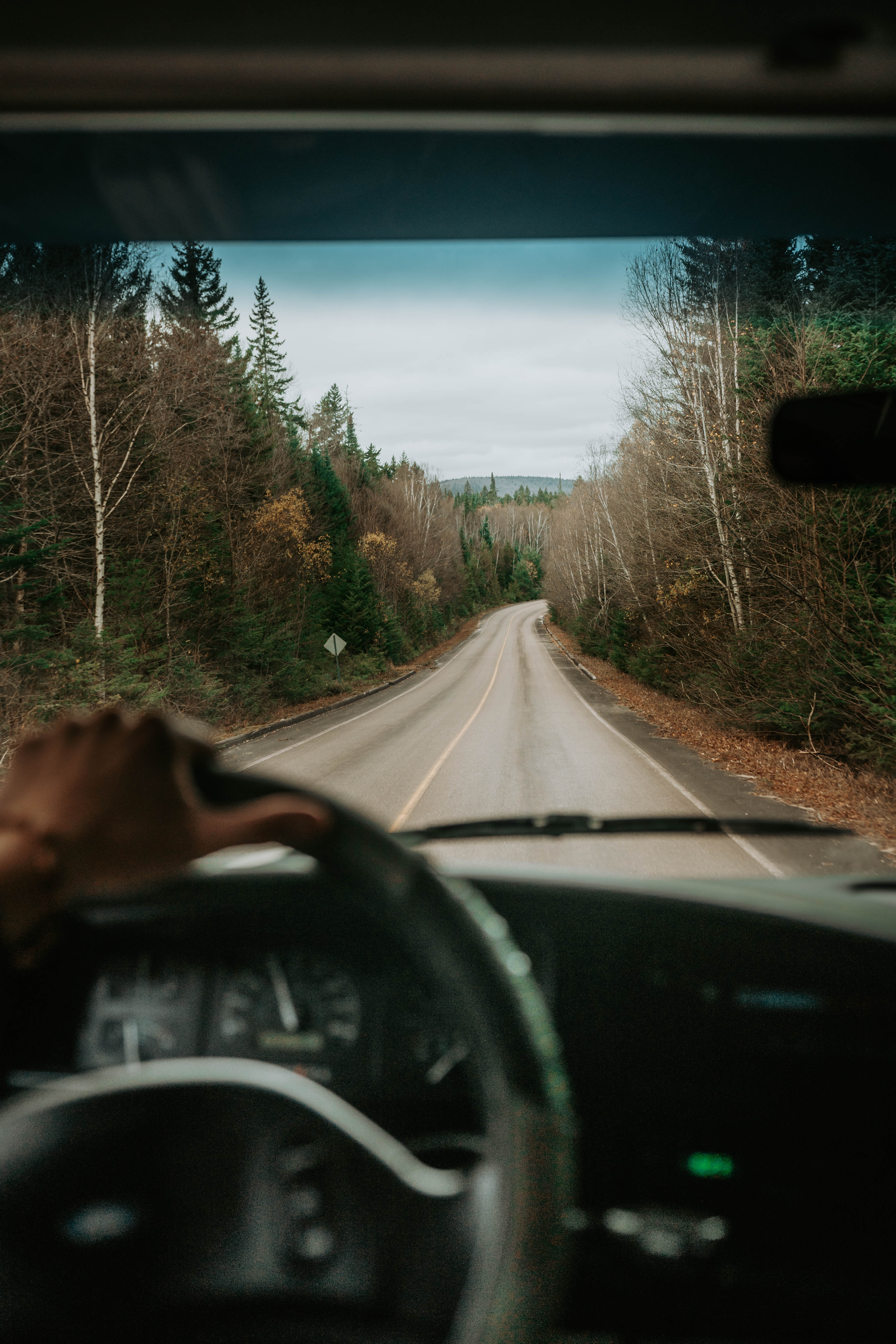
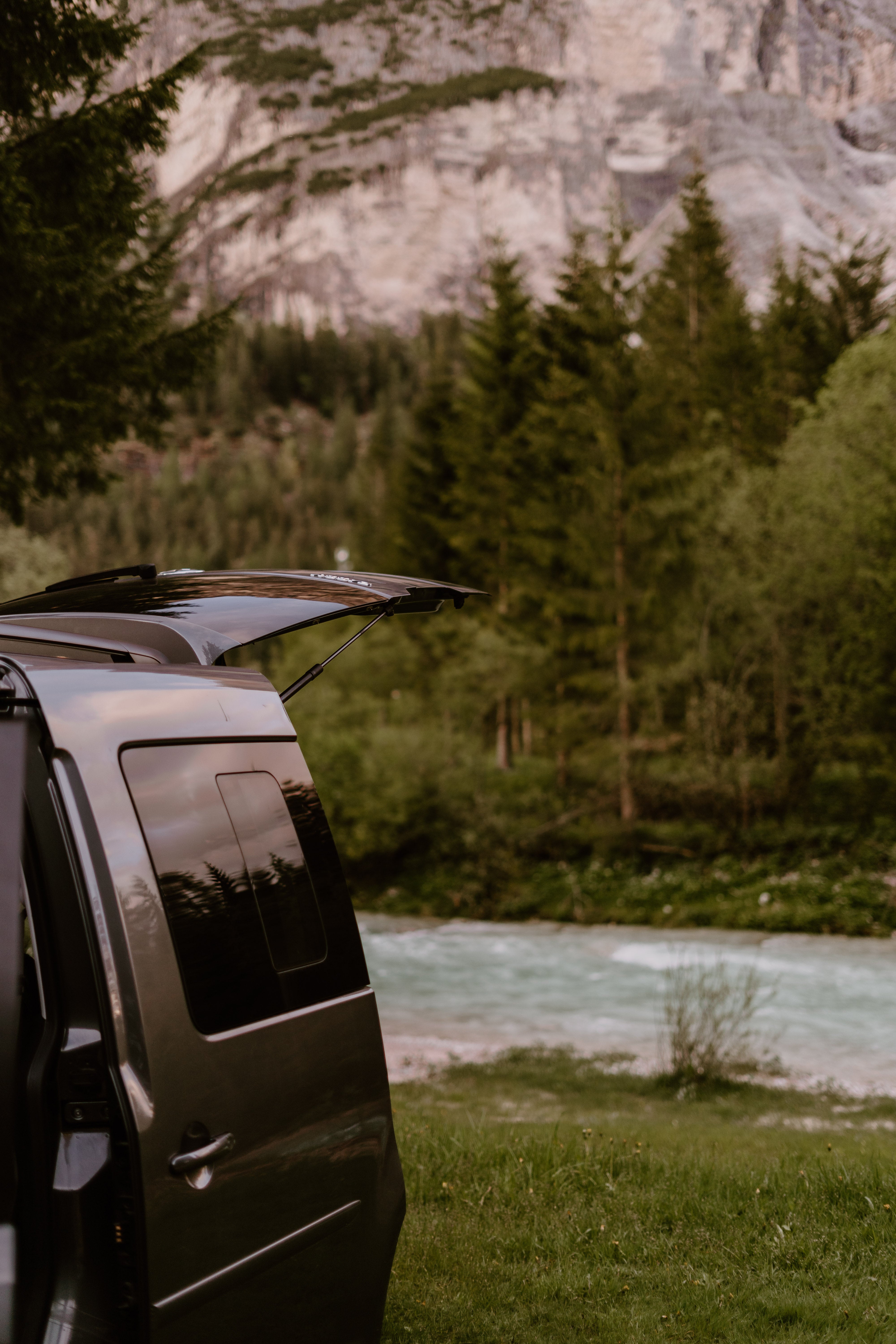
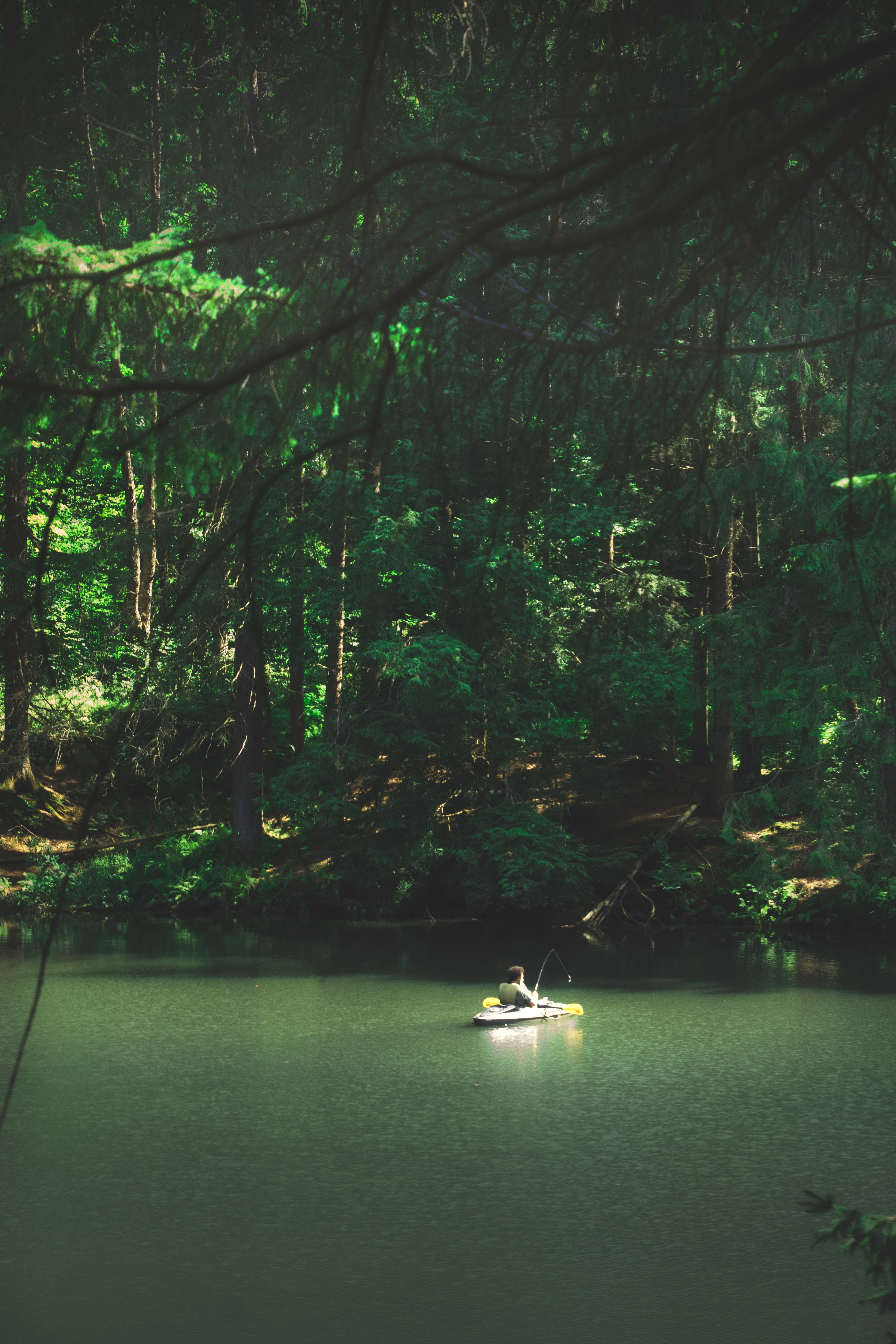

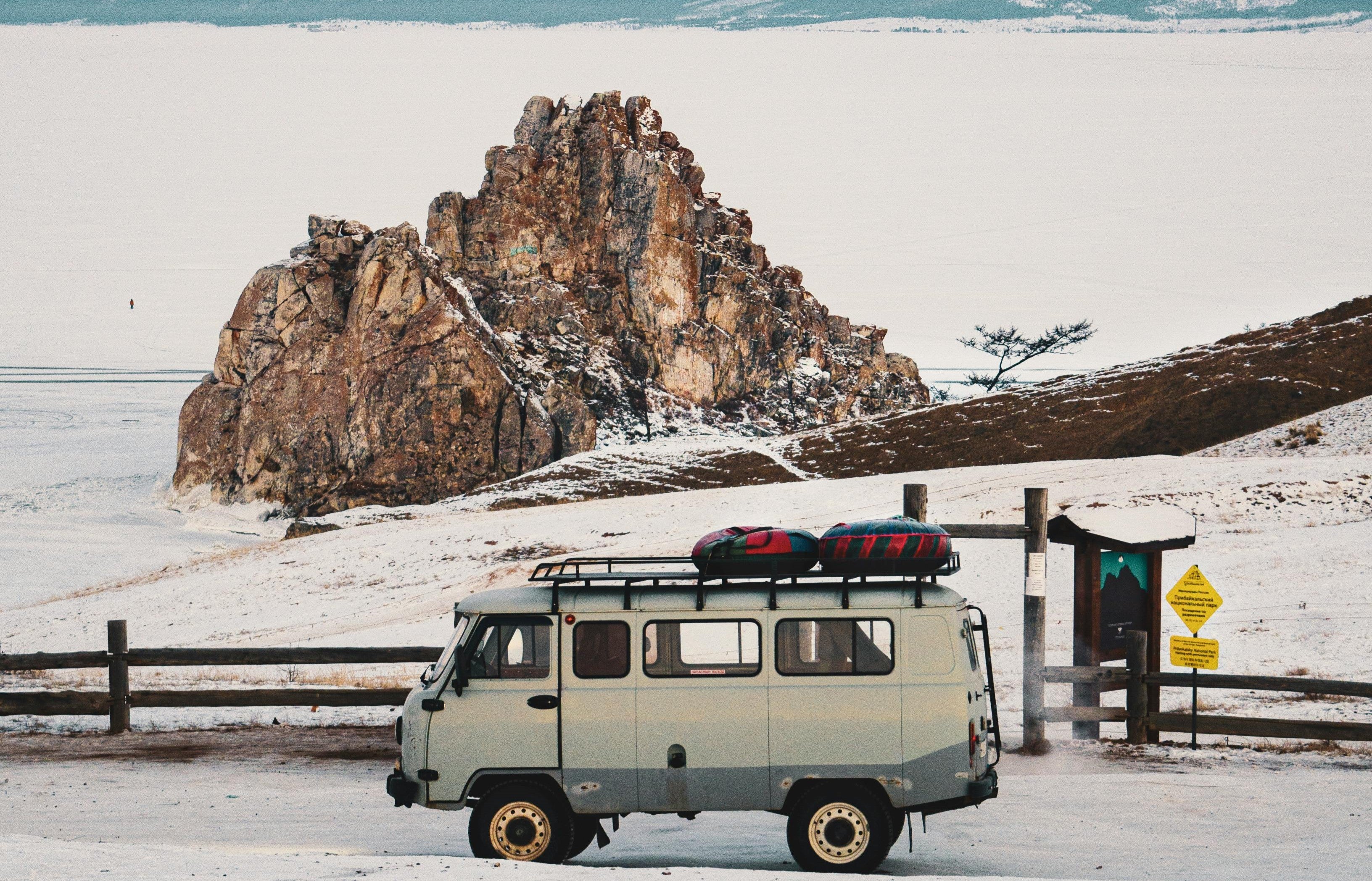
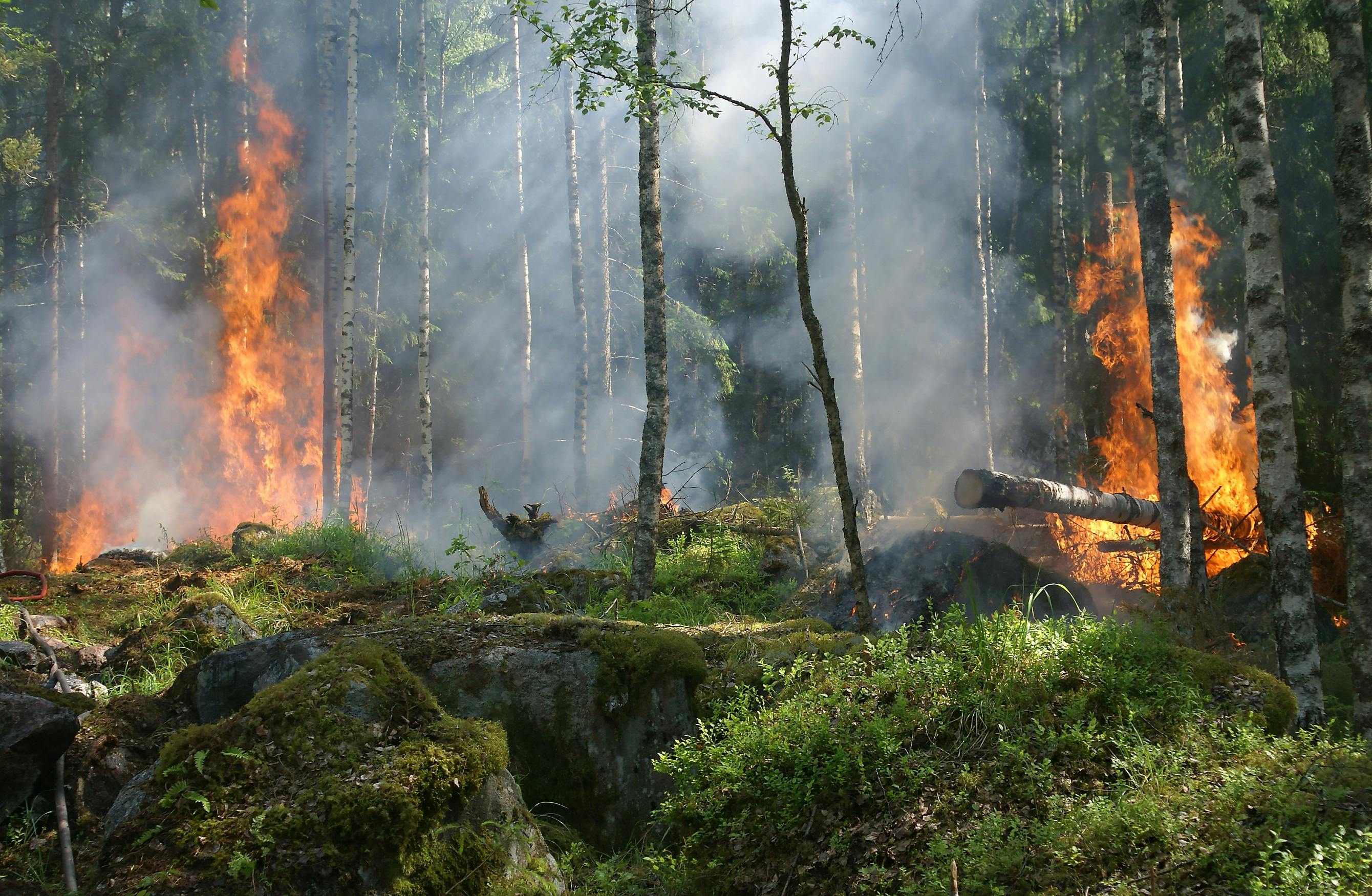
Leave a comment
This site is protected by hCaptcha and the hCaptcha Privacy Policy and Terms of Service apply.